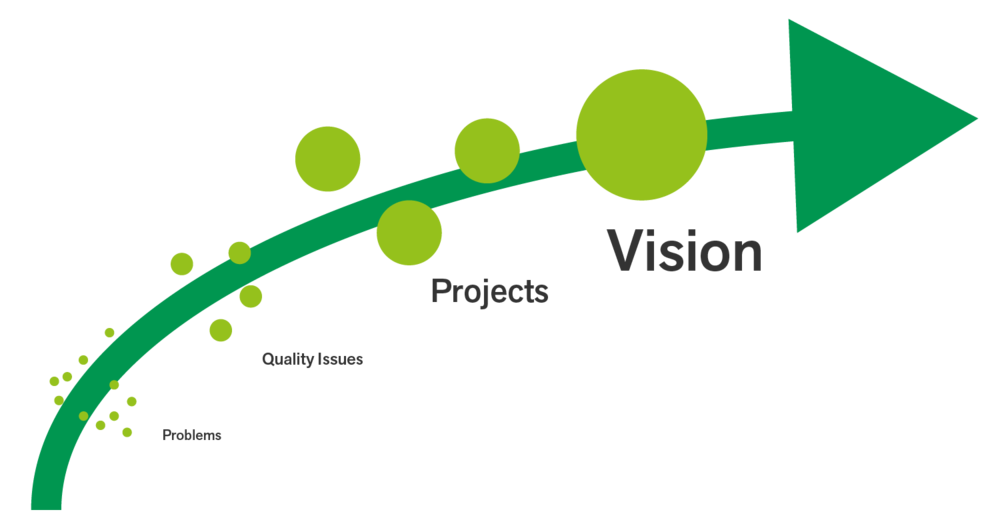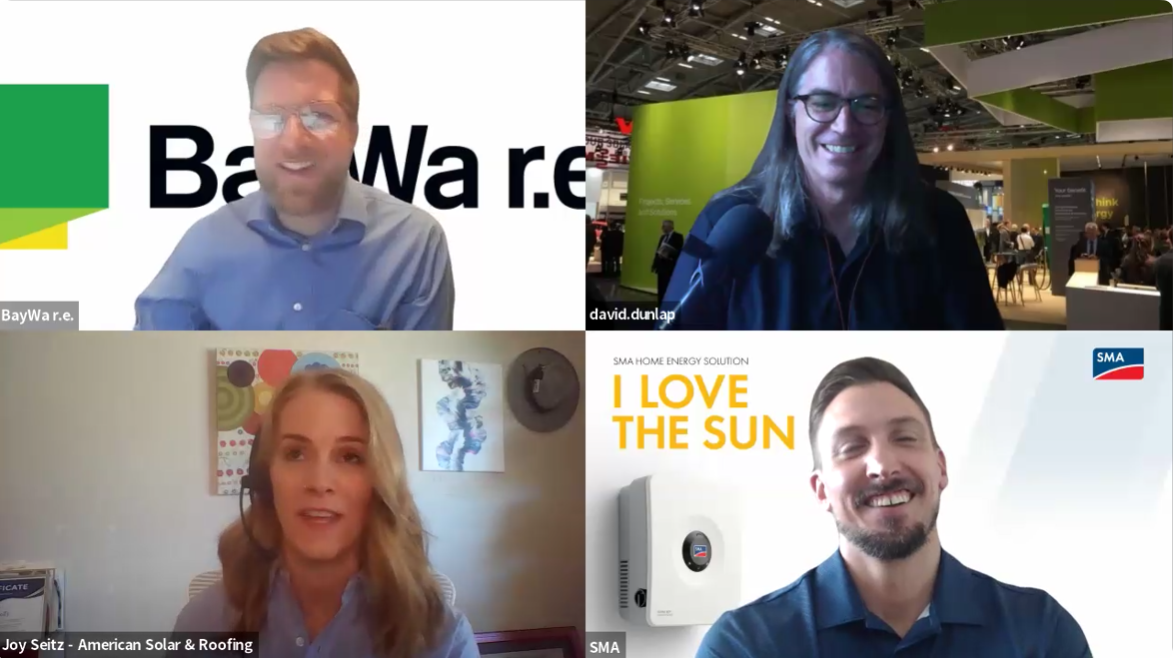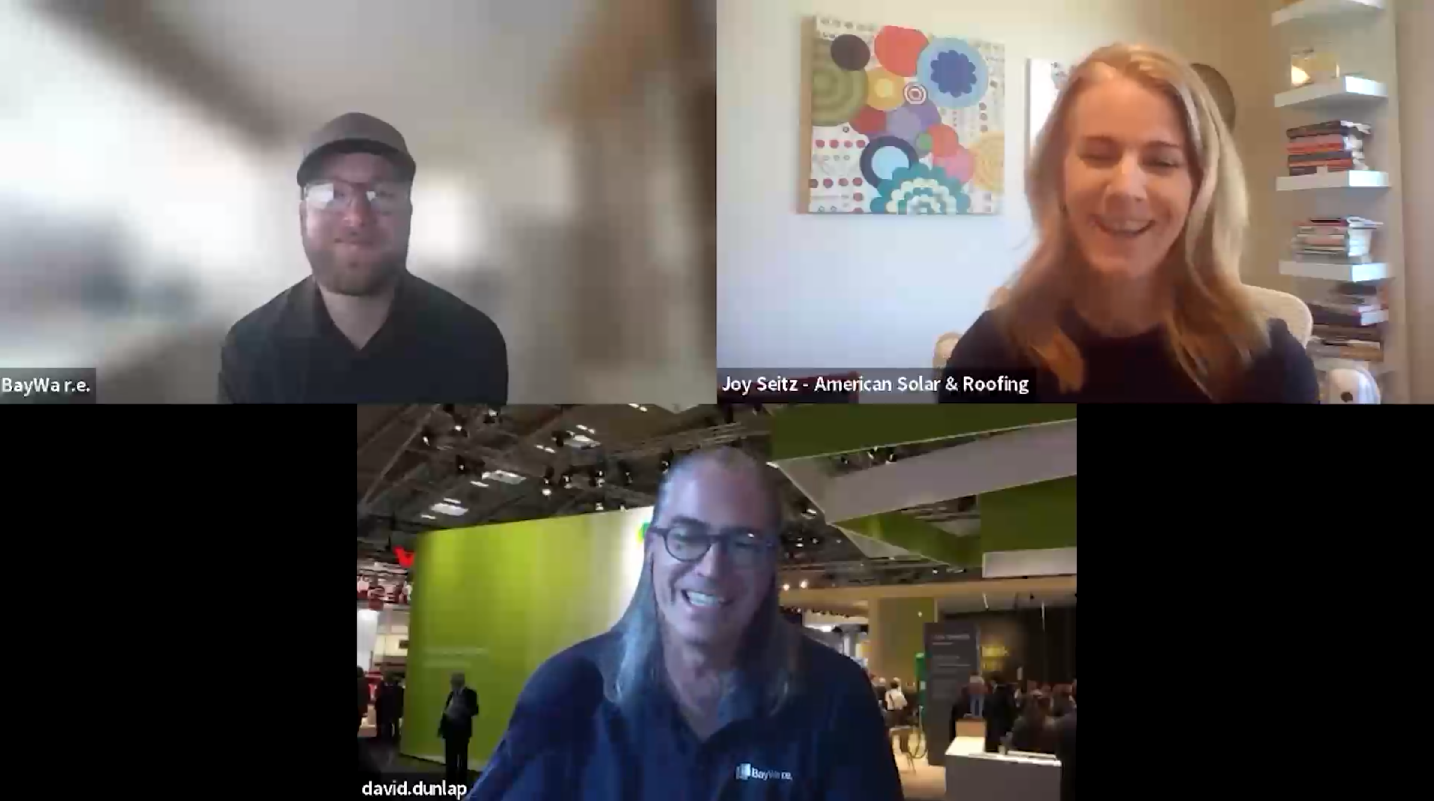 Illustration by Tom Miller
Illustration by Tom Miller
To run a successful business, it’s important to spend time working on the business versus in the business. But strategic projects, while important, can also be daunting. And the gratification (and often necessity) of responding to immediate challenges and problems often outweighs the mental work it takes to complete a long-term project.
But what if solving these immediate, day-to-day problems could be merged with long-term project work?
Let’s imagine a hypothetical example to see how this might be done:
‘Jane’ is a customer service manager overseeing a team of three customer service representatives. On Monday, Jane arrives at her desk to a full inbox and a panicked employee with three, super-urgent customer service matters. In short: a normal day. After multiple phone calls, emails, instant messages––and between employee drop-ins and meetings—by 2 pm the pressing issues have been taken care of and her staff is cruising through what’s left of the day.
Jane then turns to tackle her big, multifaceted project: “Building support staff capacity.” But by now she’s too drained to even figure out where to start, so instead, she turns to the dregs of her inbox to take care of several low-priority requests and tasks. While checking these items off her list makes Jane feel somewhat productive, they don’t get her any closer to completing her big project. And tomorrow, most likely, she’ll be in the same position as she was today.
So how might Jane approach her big project in a way that’s more realistic, considering how her days usually pan out?
One approach we take at BayWa r.e. is to work from problem to project. We systematically catalog our day-to-day challenges and problems and try to match them with larger projects. By solving one, we can support another. So maybe you can have your cake and…well, you get the picture.
The first step in this process is to fully understand the problem.
Related: In this article, we cover problem to project. For a “one-level-up” look at creating projects from vision statements, check out this article by Boaz Soifer, our CEO, that covers the use of “mini” vision statements “as a means of describing as exactly as
possible the look and feel of our desired outcome for a scope of improvement work.”
From Problem to Quality Issue
Jane and her team sit down to discuss the panicked employee with the three urgent customer service issues. Turns out, it wasn’t just this one instance. In fact, it happens time and time again. This causes a lot of stress. Problem one. The team also realizes that there is no prioritization given to help tickets; tickets are all dealt with in order, regardless of urgency, which means more urgent tickets often end up buried at the bottom. Problem two. After more discussion, the team also determines that about 10% of customer service calls end up going to voicemail. Problem three. And problem three is exacerbated by problem four, a backlog of voicemails at the end of the day, which, in turn, causes a mad rush to call customers back before close of business. Discussing the one panicked employee has drawn out four distinct problems.
As a reminder that they are not trying to find a solution at this point (they are just problem-exploring) the teams compile these four related problems into one quality issue: not all customer service calls are being handled in a prioritized and timely fashion.
Impact
Now Jane and her team can consider what impact solving the quality issue might have on their business. In this case, the impact might be: less stress on the customer service team; deliveries arrive on time because address issues were caught; happier customers; feeling of team success at the end of the day (rather than always worrying about catching up the following morning); to name a few.
Goal
The impact determined, Jane’s team can now identify a goal to move toward. (Like the quality issue, the purpose of this discussion is not to arrive at a solution, but to arrive at a goal—a desired outcome. There’s more than one way to cook an egg, but the goal is a cooked egg.) In this case, the team decides a good goal is to have 100% of customer service calls answered within 1 minute and a priority rating assigned to the help ticket after the call is complete. This will help avoid backlogs at the end of the day and ensure a rapid response to more urgent customer issues.
Ahhhhhhh-lignment
Now the team can see if their goal is aligned with any existing company projects. And it just so happens that if the team can achieve 100% of calls answered within 1 minute, and prioritize their help tickets, this would fit nicely into Jane’s existing project, “Building Support Staff Capacity.”
(Note that “Building Support Staff Capacity” also falls under Jane’s company’s greater vision: “Having the best customer service in the industry.”)
Solution
Confident that her work is headed in the right direction, Jane puts together a small team to determine how best to proceed. The team decides that implementing an automatic transfer of inbound calls to another support rep—when it isn’t answered by the

first rep—will cut down on missed calls and time spent listening to voicemails. They also decide to add a 1-5 “urgency” field to their help tickets so they know which to tackle first. Jane goes through the process change proposal with the IT manager to work out the details. Within two weeks, 95% of calls are being answered, the daily operations of her team have improved, and incremental progress on her big project is being made.
Way to take the small win, Jane.
Final note: creating tools together
At BayWa r.e., we have regular meetings to collect day-to-day problems, talk about challenges, and identify quality issues. Instead of a single manager trying to identify what the issues are, these meetings bring together a group of engaged and enthusiastic subject matter experts—those directly affected by the problem. (Think of Jane’s frantic customer support staff member on Monday morning.)
Later, when we’re ready to tackle our larger projects, we have a collection of quality issues to choose from which will advance our projects in an incremental, but practical way.
So let’s go back to the beginning and think of Jane, tired and nearing the end of her day. This time, instead of having no idea how to tackle “Building Support Staff Capacity,” Jane simply pulls up her list of quality issues for some ideas on where to start.




